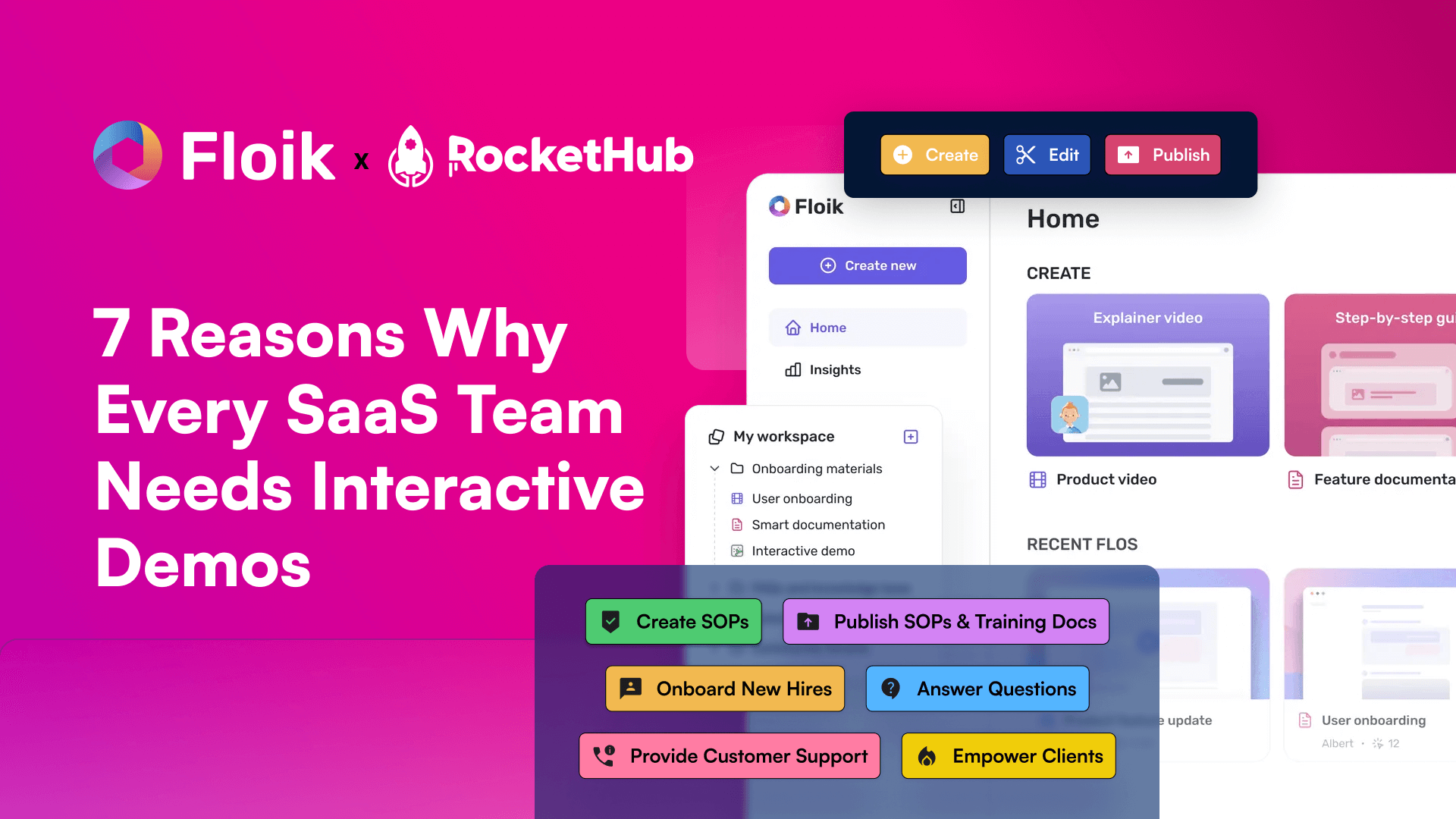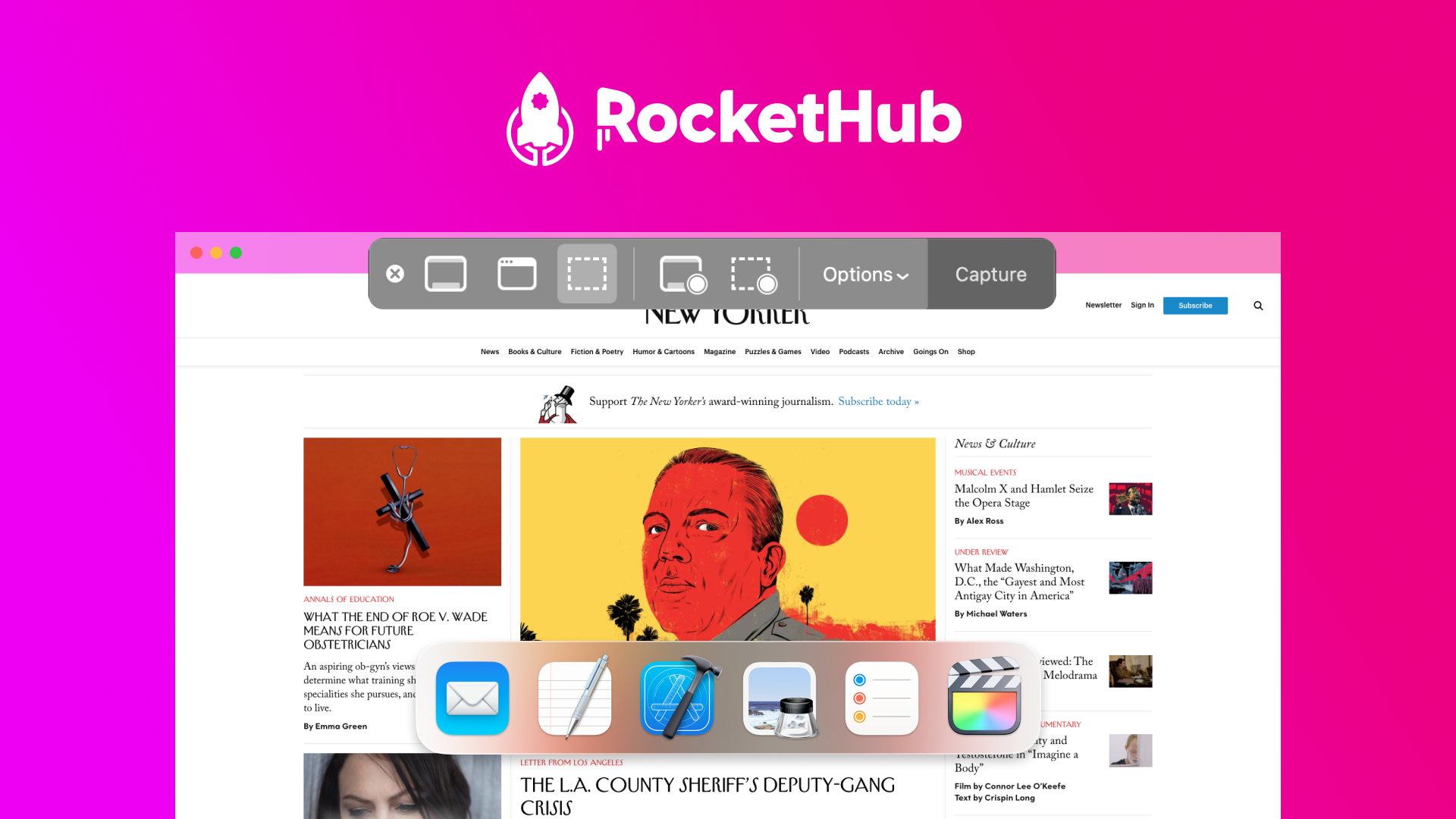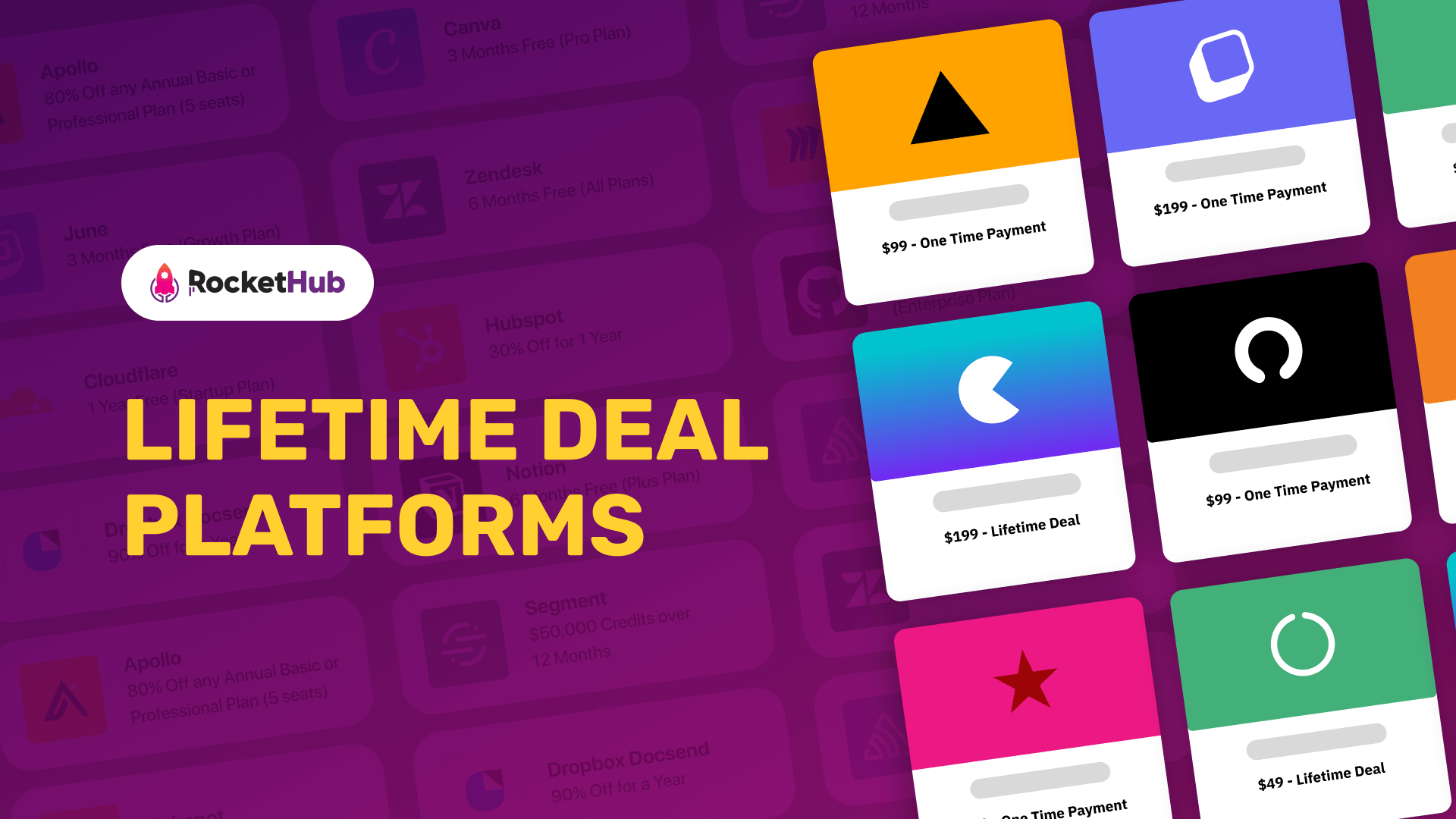
10 Best SaaS Marketing Tips for Startups
- Angel Alfred
- November 8, 2022

A good Marketing Strategy for Software as a Service (SaaS) is one of the major and most important marketing tools that SaaS startups use to attract, inform, and convert customers. The most important element of Software-as-a-Service content marketing is to help potential customers understand your product/service. Hence, we have created a rundown of successful SaaS marketing tips for your business that will help you thrive. Let’s go.
Importance of SaaS Marketing Tips for Startups

The startup world is a competitive place. In order to grow quickly and be successful, you’ve got to stand out in the crowd and continuously stay in front of your prospects and customers. Having a marketing plan in place from the get-go is vital. Check out these ten marketing strategies to ensure your company is on the path to faster growth.
1. Connect with Your Consumer
Far too many SaaS startups use basic data and assumptions to build their buyer personas, and worse yet, fail to re-examine them as their business and product develop. Having a dynamic understanding and definition of your buyer personas goes a long way, in fact, according to Citell survey, 64.7% of companies that exceeded both their lead and revenue goals updated their buyer personas within the last 6 months, while 47.1% who regularly exceed revenue goals consider themselves consistently effective at maintaining their personas.
Of course, there are plenty of ways to go about it, such as sending open-ended surveys, direct outreach to current customers or trial users, and even using data-gathering tools to round out demographic details.
Just remember to engage your customers, test your theories, and drill down into the nitty-gritty of why your product makes a good fit and for who. Without customer insights, it’s impossible to create content that drives acquisitions, identify your best leads (let alone close them), and build a product that customers really want.
In fact, companies that develop an extensive customer research strategy and utilize it throughout their departments enjoy a 55% higher retention rate. It’s precisely why Luke Genoyer, the head of demand generation at United World Telecom, has doubled down on customer research to refine his buyer personas.
2. Understand Who Needs Your MVP Most
Even though some SaaS businesses don’t realize it, it’s not a disadvantage to be niche. Casting your net too wide is a three-fold failure. First, it wastes resources on those that aren’t a good fit. Second, it under-serves those who are.
Third, it sets you up for potential detractors, which most lean startups can’t afford. With all three combined, it’s no wonder why most B2B marketers say that sales lead quality is the single most important metric to focus on.
Embracing the niche that you’re in by targeting realistic buyers is the best thing you can do for your customers, and therefore your business, as you’ll be able to give them the most helpful and meaningful experience possible, leading to better reviews, and retention rates, and lifetime value.
Increasing customer retention rates by 5% boosts profits by 25% to 95%, and yet, when you look at posts dominating the SERPs, a big chunk of them seem only to target potential users and not existing customers. Shahrukh Zuda, a digital marketing executive at PureVPN, recommends writing for customer retention and not just acquisition.
Say, you’re a B2B sales tech startup. Instead of writing only basic how-to guides and comparison posts, mix it up! Create high-value content that shows existing users how to get more value out of your product take a beat from Ahrefs, the pioneer in creating what we call “product-led content.”
3. Collaborate with Other Founders
Co-marketing with other startups is a great (and cost-effective) way to interact and support each other, drive creativity, and advertise your own business. During Apps World, Swytch organized a joint-startup treasure hunt to collaborate on single marketing activity.
They say the startups found it a fun and interactive way to network with like-minded entrepreneurs, but more importantly, ”It hugely expanded the ‘reach’ each company would have gained by working alone.” Only by sharing their ideas, problems, and solutions, can startups benefit from others’ experiences.
They suggest sharing pitches and decks with successful startups to improve your own. “Successful startups will have led a number of pitches and presentations and received feedback from investors, users, and stakeholders from every corner of the ecosystem. This feedback can be extremely valuable and will strengthen your own skills. It’s also likely that any problems you are experiencing, countless other start-ups have experienced too.”
Cash-strapped startups can find opportunities to collaborate on their home turf, not just at industry events. Shared office space is a great way to interact and collaborate with other companies.
They recommend treating every day as a networking event. “You never know who you might be co-working with. Sharing ideas and opinions with people outside of your industry, and outside of the startup community in general, can be just as helpful.”
4. Marketing Your Product (Conferences, Webinars, Social)
Oftentimes, the person delivering the statement is more important than the words themselves. In terms of marketing, think about the difference between how you weigh finding a potential solution through a PPC link compared to hearing it mentioned by a journalist, expert, influencer, or even a friend or colleague. Social proof is a powerful tool; don’t be afraid to get creative with who you reach out to.
Consider different publications, platforms, and people who cover your industry or niche. Go network in person at industry-related events or reach out to potential integration partners. You might be surprised who is willing to help you or form a mutually beneficial relationship that may exist outside the standard market channels.
Better yet, leverage word of mouth or provide incentives to referred parties who are 4x more likely to buy! Similar to the example above, the allure of putting more prospects in the funnel is far too mouth-watering for its own good. While doing so can certainly prove to be a benefit, failing to provide insight and support with content throughout the buyer’s journey compromises every effort that comes before it.
Consider this: according to Salesforce, consumers engage with around 11 pieces of content before actually making a purchase. If your content doesn’t guide them through each stage with insight into how your offering can help, chances are they’ll have nowhere near enough information to convert into a customer, making all your content efforts nearly fruitless.
A successful strategy should aim at creating a series of seamless transitions as your prospects become aware, and educated, consider their options, explore your trial, and become experienced users. If you don’t, those acquisition rates will be nothing in comparison to your churn rates.
5. Plan For The Long Term
While it’s always tempting to dump all your resources into efforts that provide early returns, they shouldn’t supersede (let alone replace) long-term efforts.
It takes significant time to establish domain authority and ranking, so even though not every blog post or content offer promises an early payback, they’ll quietly establish a foothold for when you’re finally ready to start scaling, and when that time comes, you’ll be thankful they did.
6. Use Content to Identify Consumer Gaps
Once you have comprehensively mapped the keyword universe for your brand, you need to do some segmentation. This is where a spreadsheet comes into play. A best practice is to bucket all of your site’s keywords into themes and sub-themes. In financial services, a theme might be “loans”. Subthemes under that theme could be “business loans,” “home loans” and “personal loans”.
Then, take your seed list and bucket it into different intents: awareness, comparison, research, loyalty (branded), or purchase funnel. Every keyword should roll up to intent, a sub-theme, and a theme. It’s the intent you want to look at in identifying the content gaps. Anywhere there is an intent that’s not currently being met by a piece of content, there’s a gap.
7. Master the Art of Customer Support
Remember in the first tip when we said engaging, listening, and learning are one of the best ways to find a best-fit audience? You can’t nail everything all the time, so keeping an open mind to what your customers feel you do and don’t do well is one of the most powerful ways you can align with their needs and provide a solution that suits them.
If you want to serve your customers in the same meaningful way, you should use their feedback to help shape your product and the support that surrounds it.
Remember that Customer service is the provision of service to customers before, during, and after a purchase. The perception of success of such interactions is dependent on employees “who can adjust themselves to the personality of the guest”.
Customer service concerns the priority an organization assigns to customer service relative to components such as product innovation and pricing. In this sense, an organization that values good customer service may spend more money on training employees than the average organization or may proactively interview customers for feedback.
From the point of view of an overall sales process engineering effort, customer service plays an important role in an organization’s ability to generate income and revenue.
Customer service also plays a crucial role in both increasing and maintaining customer loyalty, the tendency of a customer to do repeat business with a company in the future. One good customer service experience can change the entire perception a customer holds toward the organization.
8. Court Ambassadors with Influence
Should a newly-minted startup with an 11 domain authority (DA) score try to rank for high-volume keywords? If you answer ‘no,’ you’re right. The SERPs are flooded with high-authority websites, and it’s unlikely for the new kid on the block to outrank them. Luckily, there’s a way to take on the big boys.
Instead of going after popular keywords at the top of the funnel (ToFu), focus on lower-volume keywords with higher buying intent (e.g., keywords like “[software] alternatives” and “[software A] vs. [software B]”). Josh Brown, marketing manager at Helpjuice, agrees.
He says, “These types of comparison posts are successful because searchers are already at the evaluation stage. They understand what their pain point is and are now actively looking for a tool to solve it.”
9. Stand for Something or Get Out of the Way
Remember when it comes down to your business it’s very important to stand for what you are offering and back it to the fullest. Your potential customers will not want to purchase your product if they feel like you are unsure of your own products and their capabilities.
So, take this opportunity to be bold and yourself out there! There are a few different ways to do this, you can use social media or pop out at events and showcase your business.
10. Find A Successful Threshold With Your Offering
Improving your conversion and churn rates doesn’t always mean just packing more people into the funnel, but rather figuring out how to provide the best value for both your customers and your business—that means finding the threshold of your offering’s value proposition.
If you’re offering a freemium version or trial, you need to find the perfect place to separate free from paid. For the prior, figure out what features truly elevate the user experience and make things easy and convenient, then set the bar for the paid version just below it.
For trial periods, track and analyze usage and see what actions lead to conversions. Is it figuring out or using a certain feature? Is it a length of time or familiarity? Is it related to the supplemental support you’ve provided? Finding the right threshold proves you’re willing to provide a solution for free but know how valuable its full potential truly is.
Final Thoughts
Hopefully, these insights have you on your way to a great start. But remember, implementation can be difficult, and mistakes can often be expensive. If you need a hand on the marketing side of things for your SaaS startup, don’t hesitate to review this content as you strive to build your company. Until next time!
Share This Post
Angel Alfred
Angel is a digital marketer, a mental health speaker, and above all, a writer. She loves being a part of the RocketHub team and is keen on learning and taking over new challenges every day!
Table of Contents
Get The Latest Updates
Subscribe To Our Weekly Newsletter
Sign up below to be one of the first crew members onboard and get early access to amazing deals.
Recent Posts


Social Media
Categories
Related Posts
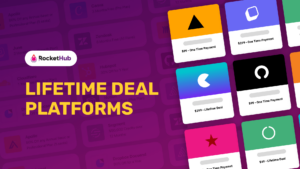
Lifetime Deal Platforms
The best lifetime deal platforms for software. Platforms lik RocketHub scour the web for the highest quality products to bring buyers the best lifetime deals on their platform.

How to Work for Yourself + 13 Solo Business Ideas
Do you ever wonder if being your own boss could truly set you free? In this article, we’ll explore the theory that unleashing entrepreneurial freedom
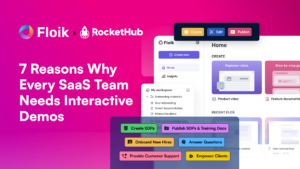
7 Reasons Why Every SaaS Team Needs Interactive Demos
Making a Case for Interactive Demos: 7 Reasons Why Every SaaS Team Needs Them Let me paint a scenario for you. You want to buy

